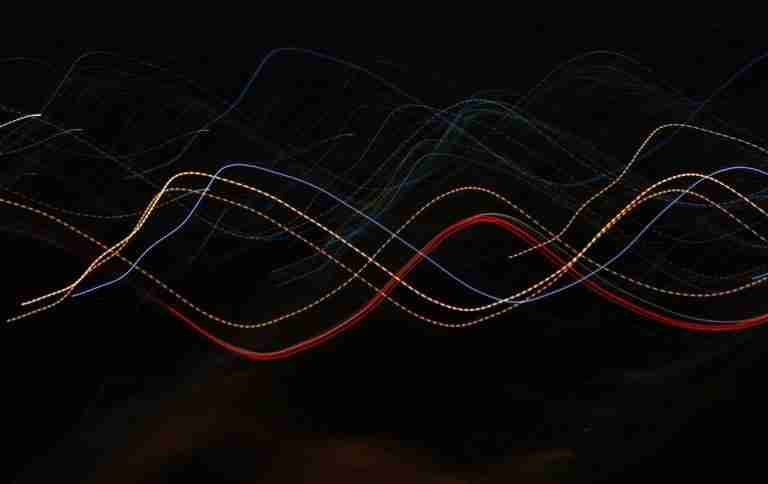There are really two areas of musicianship, aside from technique on an instrument, that a jazz musician requires to be a complete improviser. One is developing great ears and the other is an intellectual understanding of harmony. These two qualities can especially be found among the countless innovators of the music.
Take the musicians of the Bebop era, for instance. Musicians like Charlie Parker, Dizzy Gillespie and Bud Powell learned the music of a previous generation by ear and as they progressed, used their harmonic knowledge to analyze what they were hearing and apply it to their own playing, altering scales and substituting chords to create a new style.
This is the model for the modern jazz musician; an improviser that is in control of the music both aurally and intellectually. Most musicians as they study the music, though, are stronger in one area or another based on how they learned to play.
If you learned jazz by listening to records alone you are likely going to have great ears, but little skill in explaining why the lines work and if you learned to read music first and studied lead sheets, you will intellectually understand the music, but have less skill in hearing it. Eventually you will have to work on one or the other, probably both, to get to the next level of playing.
In college I started to realize in my own playing that my intellectual understanding of the music was far ahead of my ears and that I needed to find a way to get my ears up to speed. On certain tunes I could see the chords in my mind and think of what licks or lines to play without referring to my ears at all, rather than hearing what to play based on what came before it. After thinking about it, I realized that this was really a product of the way I learned music in school.
For the majority of us, as we start an instrument, from the first note we play we have a piece of music in front of us and in most cases don’t have an ear training class until we get to college. By this time our ears are essentially at a beginner level while intellectually we understand very advanced musical concepts.
For example, intellectually, you may be able to reharmonize a standard with Coltrane changes, but at the same time still find it difficult to sing the roots and chord tones of every chord over the changes to a standard. In essence, because your mind is so far ahead of your ears, improvising becomes a kind of intellectual exercise rather than a combination of your ears and mind.
What jazz musicians require is a practical use of ear training, connecting aural perception to improvising. Ear training is a very useful concept and as improvisors the next step is to transfer this skill to our instruments. In addition to being able to sing what we hear, we want to be able to play what we hear on our horns.
4 “Connection” exercises
After you have worked on ear training and identifying intervals, it is time to go to the next step. Here are a few exercises that help you to actually play on your horn what you are hearing in your head.
- Work on identifying the notes that you hear by playing them on your instrument. This exercise can be done with a partner. Have another person play a note on the piano or their horn and try to repeat that note on your instrument using just your ears to figure it out. As you hear the note, sing it in your head and then play it without thinking about what it is intellectually. At first this might be difficult, but after a while you will begin to trust your ears.
- Transcribing is the best way to learn the language as well as learn the harmonic intricacies of the music. Pick a line that you’ve been wanting to learn and first get it in your ears. Sing it a few times until you’ve got it, then try it on your horn. By transcribing in this way you are playing something that is already in your ear and not trying to work it out mentally on your instrument alone.
- Take a line that you are working on and finger the notes on your instrument while you sing it out loud. This will reinforce a physical connection to the instrument with the notes you are singing and hearing. Also, after you have transcribed a solo, sing it along with the record while you do the fingering on your instrument.
- Pick a blues or simple standard that you’ve been working on. First try just singing a chorus without your instrument, using your ear as your guide. Next try playing a line for four bars on your instrument and then singing or scatting for four bars continuing that same line that you were playing on your instrument. Continue alternating back and forth every four or two bars between your voice and instrument, keeping your phrase constant. The goal is to continue the line that you are hearing in your head, regardless if you are using your voice or your instrument, for the whole chorus.
Forging that connection between your ears and your instrument is something that takes years of practice to master. This may sound like a lot of work at first, but if you incorporate these four simple exercises into your daily routine, you’ll be well on your way to finally playing on your instrument what you’re hearing in your head.










